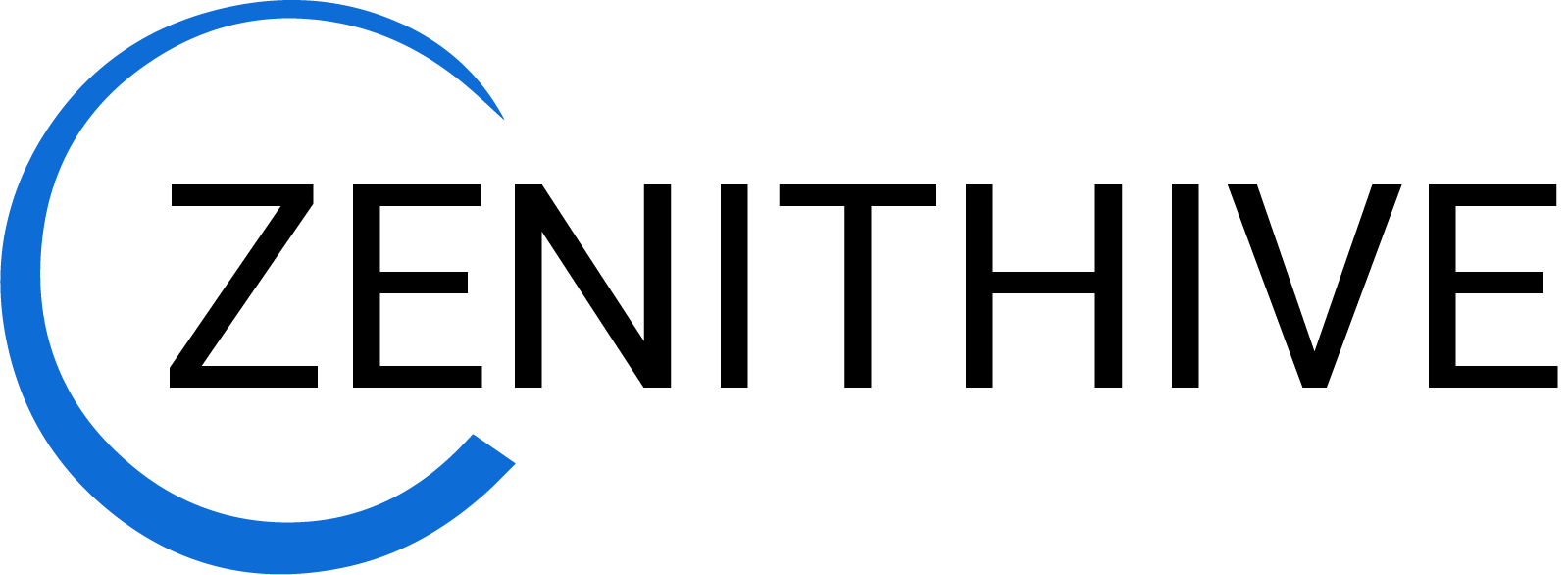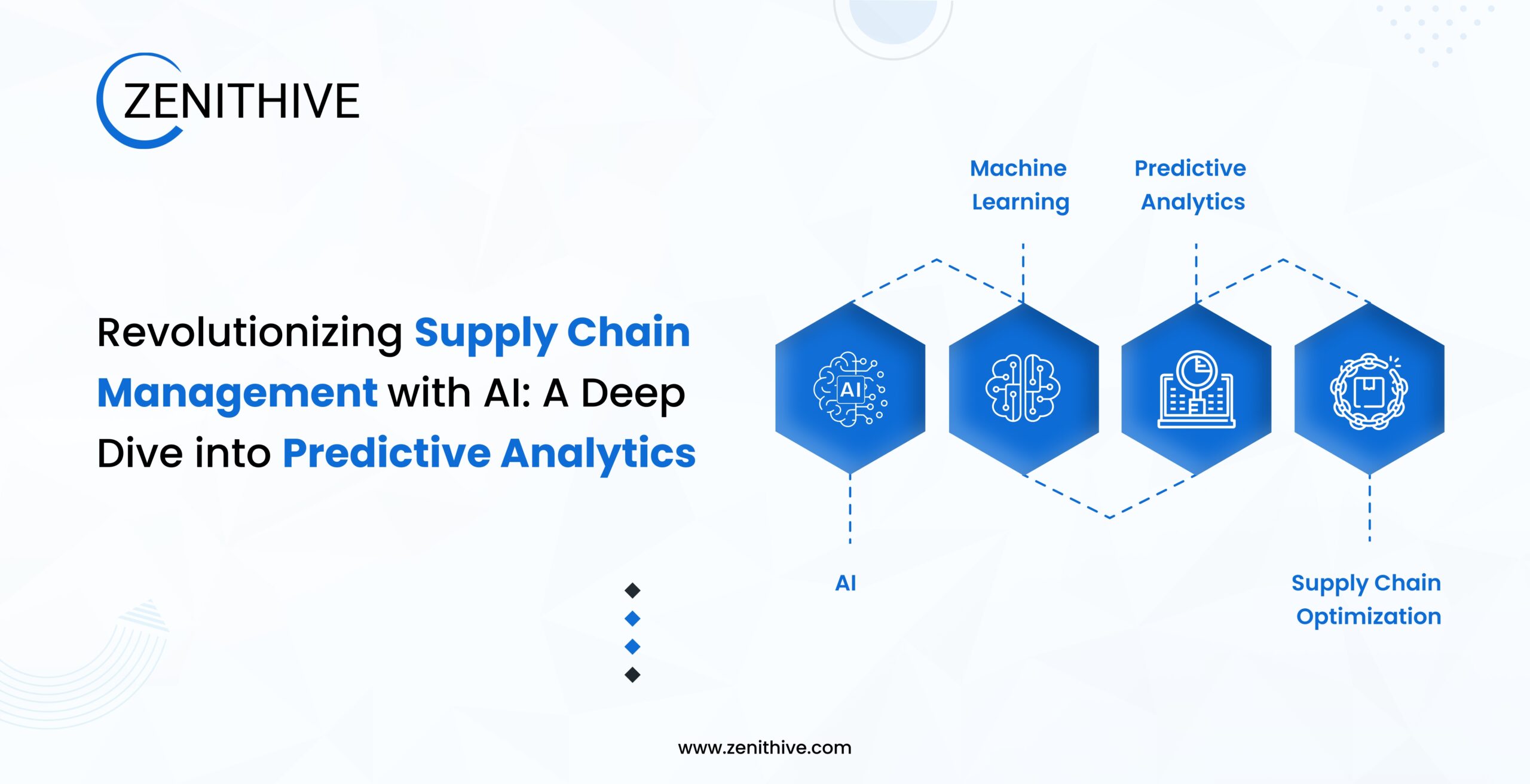- About Us
- Company
- Our Services
- Machine Learning Services Company
- Generative AI Services Company
- Predictive Analytics Services Company
- Golang Development Services Company
- Artificial Intelligence Services Company
- Industry 4.0 Solutions Company
- Ruby on Rails Development Services Company
- MEAN Stack Development Services
- Data Science Services Company
- Digital Marketing Services Company
- Mobile Application Development
- React Native App Development
- UI / UX Design
- Web Application Development
- Our Case Studies
- Our Business Solutions
- Blogs
- Contact Us
- About Us
- Company
- Our Services
- Machine Learning Services Company
- Generative AI Services Company
- Predictive Analytics Services Company
- Golang Development Services Company
- Artificial Intelligence Services Company
- Industry 4.0 Solutions Company
- Ruby on Rails Development Services Company
- MEAN Stack Development Services
- Data Science Services Company
- Digital Marketing Services Company
- Mobile Application Development
- React Native App Development
- UI / UX Design
- Web Application Development
- Our Case Studies
- Our Business Solutions
- Blogs
- Contact Us



